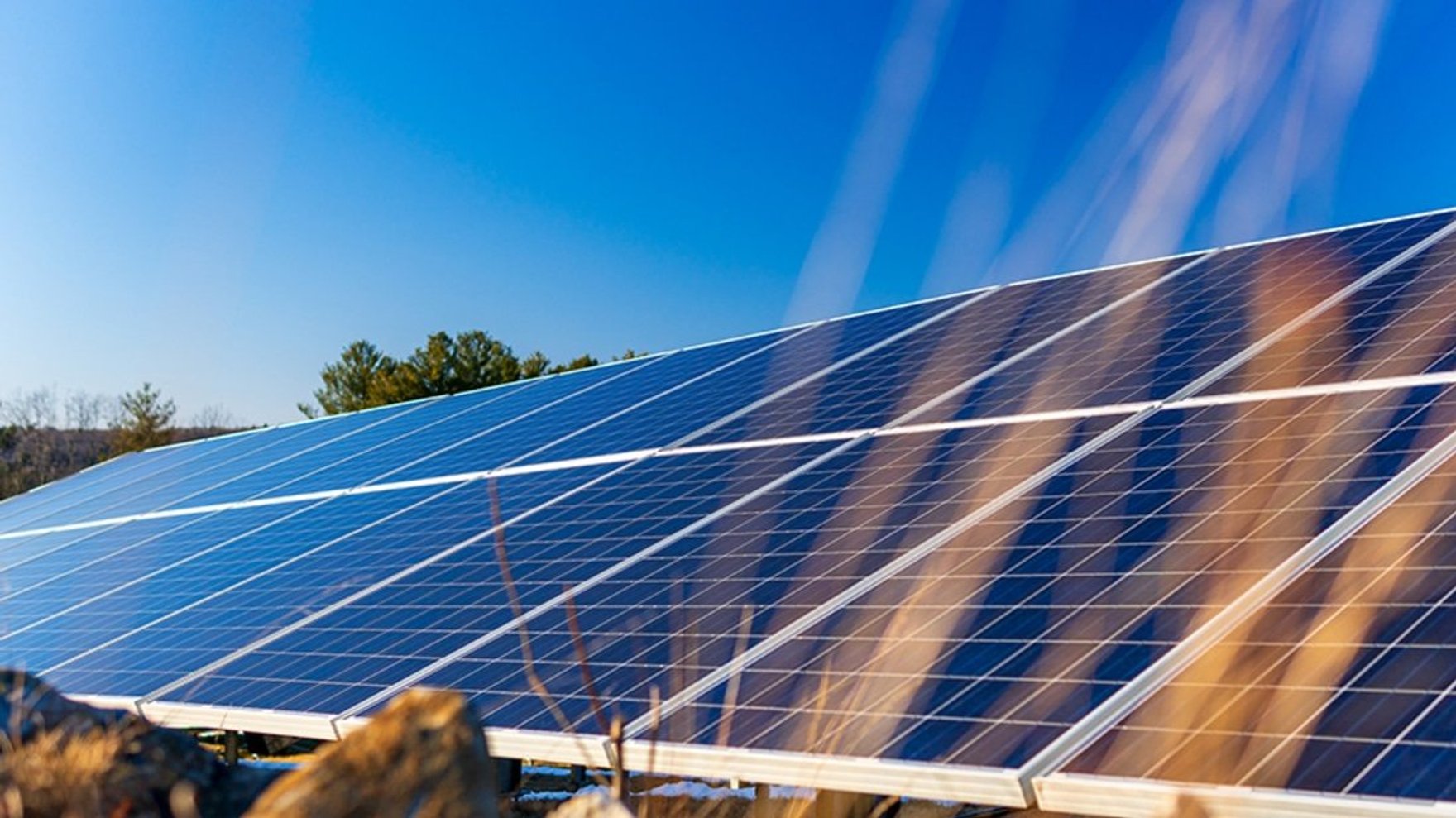
From the beginning, most Americans had their electricity sourced and delivered by one utility. If they weren’t satisfied with where their electricity was sourced or their rates, they had limited alternatives.
But times are changing in part due to the rapid growth of renewable energy sources and deregulated state energy markets. Cities and towns are using their buying power to make cheaper, greener energy available to residents through Community Choice Aggregation (CCA). CCAs are gradually becoming a popular way to purchase electricity in certain states across the country. If implemented right, the program can be an excellent option for those who want to ensure that their home is powered partially or fully by clean energy. Here’s everything you need to know about CCAs:
What is Community Choice Aggregation?
CCAs are programs that allow local governments to acquire power on behalf of their residents, businesses, and municipal accounts. Currently, there are eight states that allow CCAs: Massachusetts, New York, New Jersey, Illinois, Rhode Island, Ohio, Virginia, and California. Only states with deregulated energy markets can have CCAs since customers are allowed to choose their own energy supplier. This freedom allows communities to select more renewable electricity for their residents and small businesses, often at a fixed and lower price that is less than what they would otherwise pay.
How do CCAs Work?
CCAs leverage community buying power to source electricity from energy suppliers chosen by the community, not their utility. As a result, many CCA plans are built to supply residents, businesses, and municipalities with electricity generated by renewable projects, like wind and solar. This collective buying power often means lower rates as well for customers.
CCAs are usually opt-out for residents, with the opportunity to opt-in for 100% green energy at a higher rate. Often, this power is sourced from further away if there are not enough renewable energy sources within the utility. The existing utility continues to deliver the electricity using the same power grid and billing mechanism. The end result: individuals benefit by receiving electricity at a lower rate, often from more renewable resources.
CCA Customers Can Become Community Solar Subscribers
It’s important to understand that Nexamp is NOT a third-party supplier, we are local clean energy generators. Most CCA customers assume they can’t join a Nexamp community solar farm when in fact, CCA customers are great candidates for our community solar farms. They share the same values of supporting clean and local energy production.
For many of our community solar customers in Massachusetts and New York, adding community solar on top of a CCA allows them to give additional support to clean energy and local job growth in their community while saving money on electricity. Since community solar receive credits on their bill, it’s a way for CCA customers to increase their savings. Also, community solar farms are always located in the same utility area as customers, so the “greener grid” impact is local.
You can combine community solar and CCAs to maximize your support of clean energy in your community. Community solar and CCAs are as much about community as they are about clean energy. Both are about giving the power to shape our energy future to community members who know their local needs better than anyone else. One person going green is a great step forward. An entire community joining together for a cleaner future? That’s enormous!